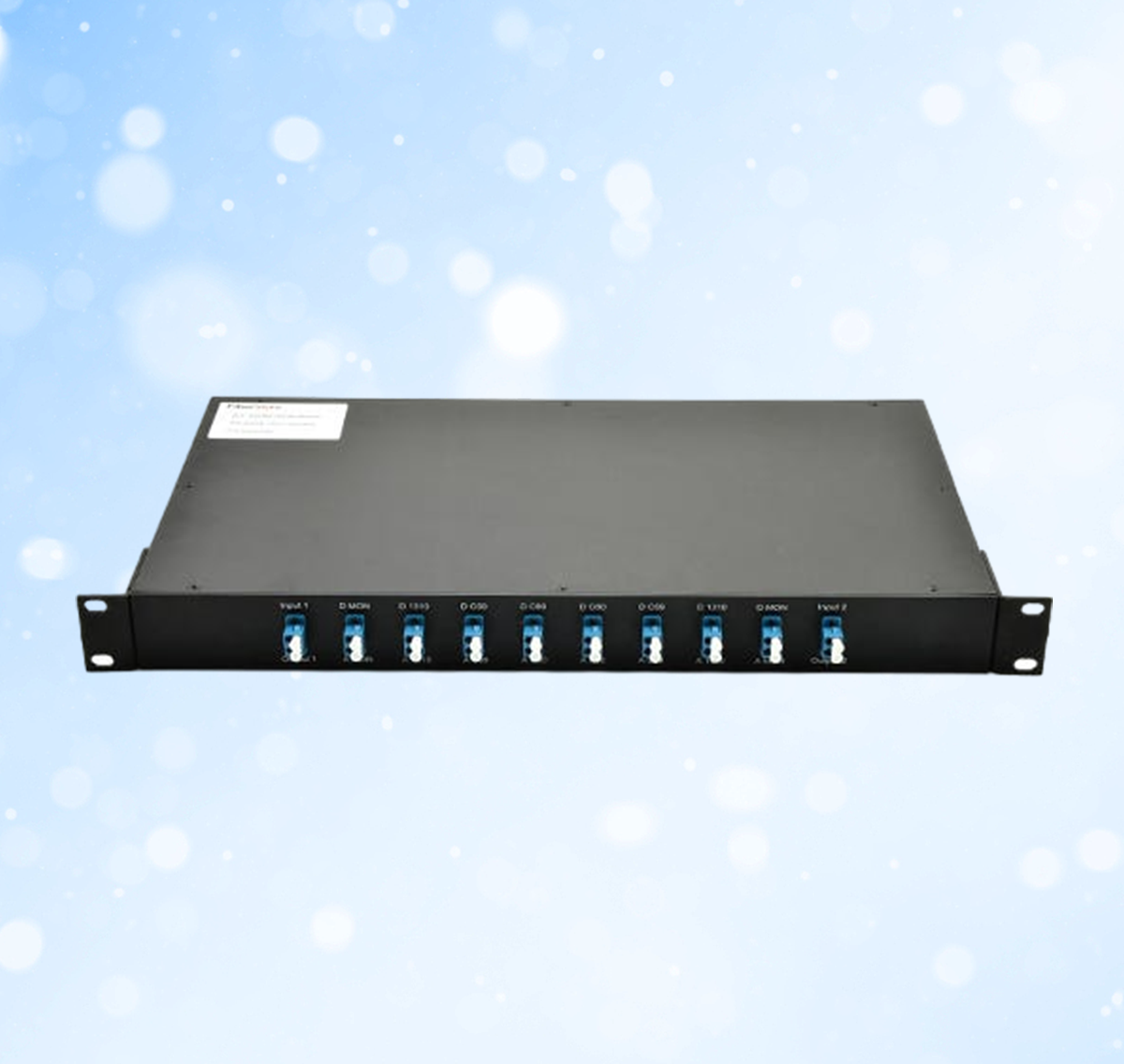A tunable DWDM transceiver enables users to adjust the wavelengths based on actual network demand. It is used in DWDM networks and offers high speed and flexibility to adapt to the growing network. What is the difference between a tunable DWDM and a fixed wavelength DWDM transceiver? Let’s take a closer look together.

Tunable DWDM vs. Fixed Wavelength DWDM Transceiver: What are the Differences?
(1) Working Principle
Fixed wavelength DWDM transceiver can only transmit a certain number of wavelengths, typically at 1310nm and 1550nm for 10G data transmission applications. It is designed with a specific wavelength and can only be deployed in the network node that requires the corresponding wavelength. On the other hand, a tunable DWDM transceiver allows the user to select the color of the emitting LASER. This flexibility reduces the requirement for multiple fixed-wavelength modules. For instance, an SFP+ transceiver with C21 wavelength can only work with the port of C21 wavelength on a DWDM MUX. However, with the tunable SFP+ transceiver, users can use the module to connect any ports of the same DWDM MUX through optical cables since the wavelength of the tunable transceiver can be tuned to adapt to the different port wavelengths.
(2) Application
A tunable DWDM transceiver is used in DWDM networks, data centers, Ethernet, SONET/SDH, fiber channels, etc. Unlike standard modules, the tunable DWDM transceiver is deployed in dynamic networking environments where future modifications cannot be ruled out.
(3) Cost
Fixed wavelength DWDM transceivers provide lower cost than a tunable DWDM transceiver. But in the long run, a tunable DWDM transceiver will reduce OPEX. For instance, in a high 10G SFP+ DWDM system that includes more than hundreds of nodes with different wavelengths, users are required to provide up to hundreds of backup standard DWDM SFP+ transceivers to avoid unnecessary breakdown, which will greatly increase the operating cost. In this case, a tunable DWDM transceiver helps reduce the demand for DWDM SFP+ transceiver inventory, which will reduce the cost and maximize network flexibility.
Conclusion
The tunable DWDM transceiver enables a flexible selection of working wavelengths. It provides better spare management and extensive tuning range than a fixed wavelength DWDM transceiver.
Sun Telecom specializes in providing one-stop total fiber optic solutions for all fiber optic application industries worldwide. Contact us if you have any needs.


 Position :
Home>
News & Tutorial
>Products
Position :
Home>
News & Tutorial
>Products

 Position :
Home
>Products
Position :
Home
>Products





 ics@suntelecom.cn
ics@suntelecom.cn  +86 18964888554
+86 18964888554 Building No.145, Lane 666 Xianing Road, Jinshan Industrial Zone, Shanghai 201506, China
Building No.145, Lane 666 Xianing Road, Jinshan Industrial Zone, Shanghai 201506, China